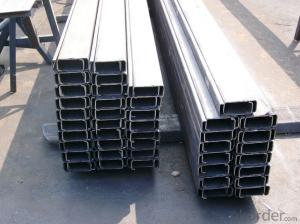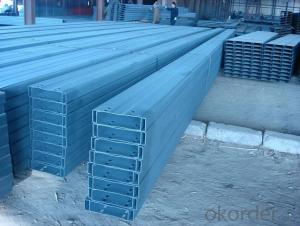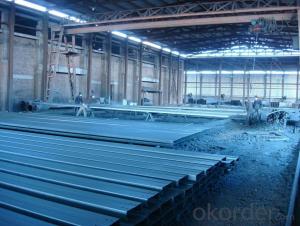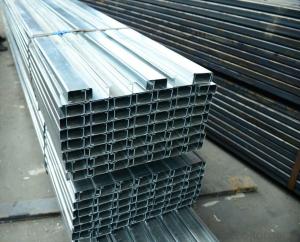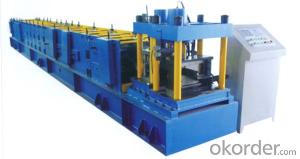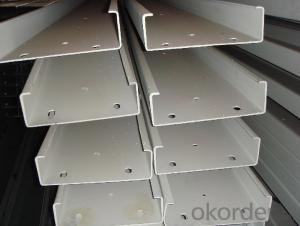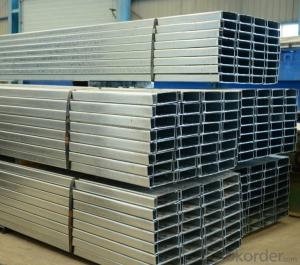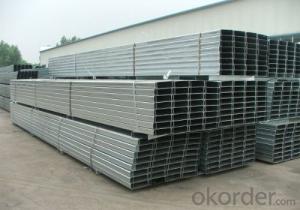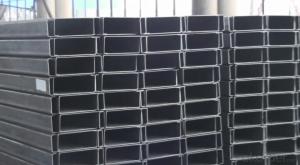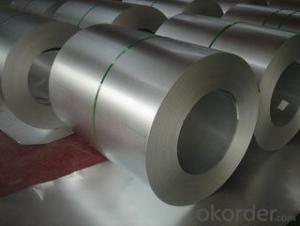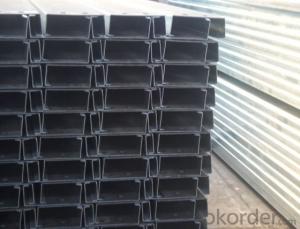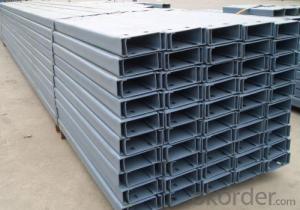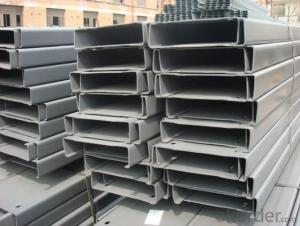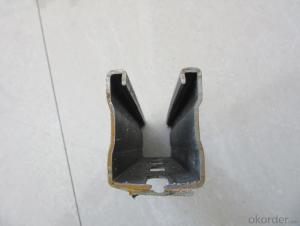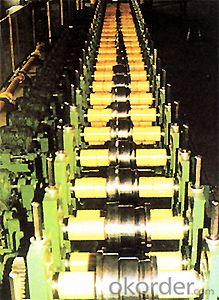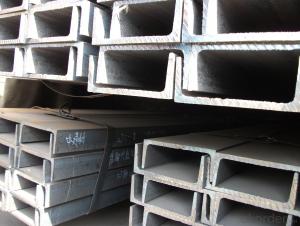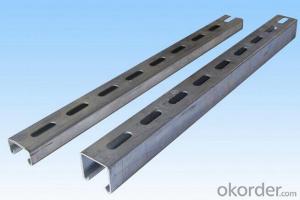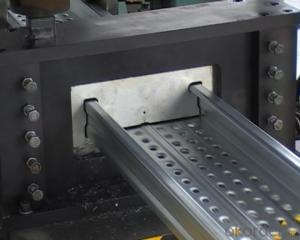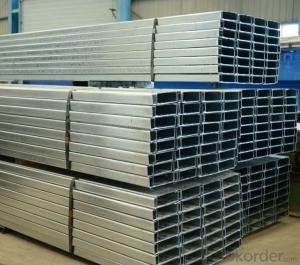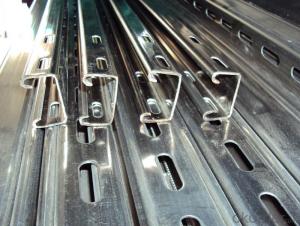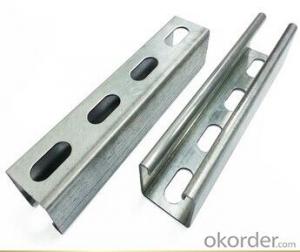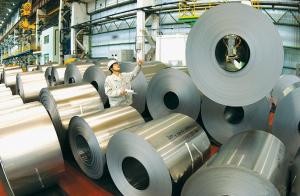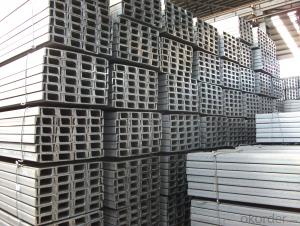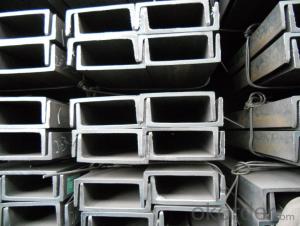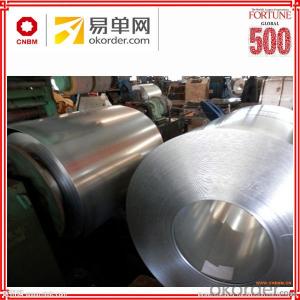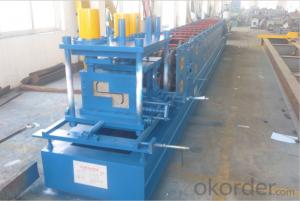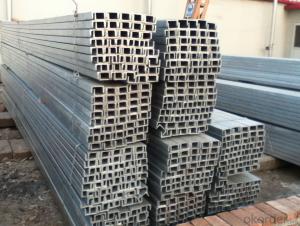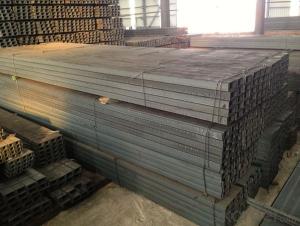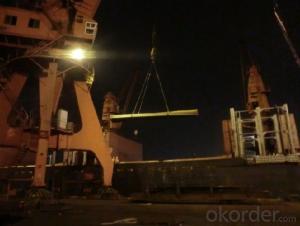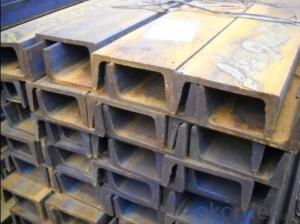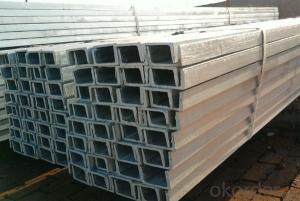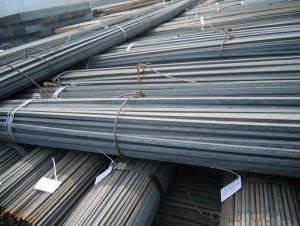Cold Rolled C Channel Thailand
Cold Rolled C Channel Thailand Related Searches
C Channel 100X50X5 Cc Camera InstallationCold Rolled C Channel Thailand Supplier & Manufacturer from China
Cold Rolled C Channel Thailand is a type of steel product that is widely used in various industries due to its strength and durability. It is manufactured by rolling steel sheets into specific shapes and sizes, resulting in a C-shaped profile. This product is known for its high-quality finish and precision, making it suitable for a range of applications in construction, automotive, and other industries.The Cold Rolled C Channel Thailand is commonly used in structural frameworks, roofing systems, and support beams due to its ability to withstand heavy loads and maintain stability. It is also utilized in the manufacturing of machinery parts and automotive components, where its strength and resistance to corrosion are highly valued. This product is ideal for projects that require a combination of strength, flexibility, and aesthetic appeal.
Okorder.com is a reputable wholesale supplier of Cold Rolled C Channel Thailand, offering a vast inventory of this product to cater to the needs of various industries. With a commitment to quality and customer satisfaction, Okorder.com ensures that the Cold Rolled C Channel Thailand they provide meets the highest standards of the industry. Their extensive inventory allows customers to find the specific size and grade of C channel they require, making Okorder.com a reliable source for this essential steel product.
Hot Products



